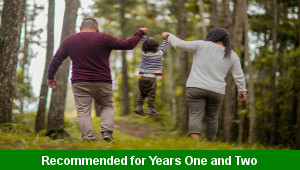Lesson Two – Road Signs

This geography teaching pack for Key Stage One gets the children to identify, describe and compare the meaning of some of the different road signs for people to observe and follow that can be found in the local area.
The class can select and record the meaning behind some of the different signs that can provide instructions for pedestrians or vehicles to follow when on or by a road.
Download this teaching pack including a lesson plan, classroom activities and an interactive presentation to identify, describe and compare the meaning of some of the different road signs for people to observe and follow that can be found in the local area
Activities in this teaching pack include display posters to identify and describe the function of different signs that can be found in the local area and differentiated templates to select and record examples of different road signs that can be followed by pedestrians or vehicles when moving about the school’s neighbourhood.
The interactive presentation can be used to explore, describe and compare the meaning of some of the different road signs that can be found in the local area.
This lesson is part of a geography scheme of work to get the children to identify and describe some of the different journeys that can be made around the school’s location, in the local neighbourhood and across the wider community. There are teaching activities for shared learning, differentiated worksheets to support independent learning and interactive presentations to introduce concepts and key skills.
-

Maths Measurement Assessment
Assess abilities in estimating, measuring and comparing a range of different measurements for length, mass and capacity
-

Family Life
Investigate and reflect on some of the special events and experiences that might happen in the life of a family
-

Final Sounds Word Guess
Practise playing some guessing and matching games to identify the spelling and meaning of words with different final sounds
-

Building Reports
Explore how to collect facts and information to work with when composing and presenting non-chronological reports about buildings that can be found in the local area
